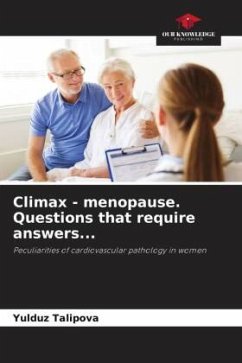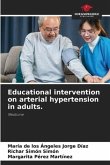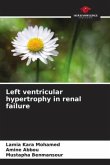Cardiovascular diseases (CVDs) remain the main cause of mortality for both men and women in developed countries. But if the last decades of the last century have shown a steady downward trend in the incidence of CVDs among men, women, on the contrary, have shown an increase in morbidity and mortality from coronary heart disease and complications of arterial hypertension. Even 10 years ago, the following information was published in TIME magazine (2003, August 11, P. 45-51): "Killer of women No.1. No not breast cancer! The No. 1 killer of women is cardiovascular disease," but American researchers showed that only one in four women realize that it is more dangerous than cancer. In 50% of cases women can die from their first heart attack (in men this figure reaches 30%), and of those women who survive the first attack, 38% die within the first year after the heart attack (up to 25% of men) and 46% of women become disabled from heart failure developed from myocardial infarction (in men this figure is 22%).








